Part II The Modern World
In the previous blog entry we discussed how the first cannabis extractions were used, which until the 15th century were ingested or used as incense.

It was not until the 16th century that hashish began to be smoked, mainly due to the new traditions introduced after the “discovery” of America, becoming popular among Europeans who began to mix hashish with tobacco to be smoked.

The demand for hashish skyrocketed from the XVII Century, dry-screened (sieved) hashish comprised most of the material produced worldwide in contrast to charas, which was practically only manufactured in Nepal, Kashmir and northern parts of India.

The production & manufacture of cannabis concentrates did not change much until the end of the 19th century. It was in 1839 and after years of research in India that Dr. Walter O’Shaughnessy published his treatise on marijuana preparations in Squire’s Extract ” Exchanges of the Calcutta Medical Society¨.

In his research, O’Shaughnessy explains the preparation and properties of cannabis tincture, and demonstrates how this extract made with alcohol has sedative, analgesic and spasmolytic properties, making it a better drug than opium for chronic pain, arguing that it did not reduce appetite or cause constipation.

This was the origin of the solvent extraction techniques, imported to the West thanks to this doctor & researcher, generating the interest of the European and American medical community.
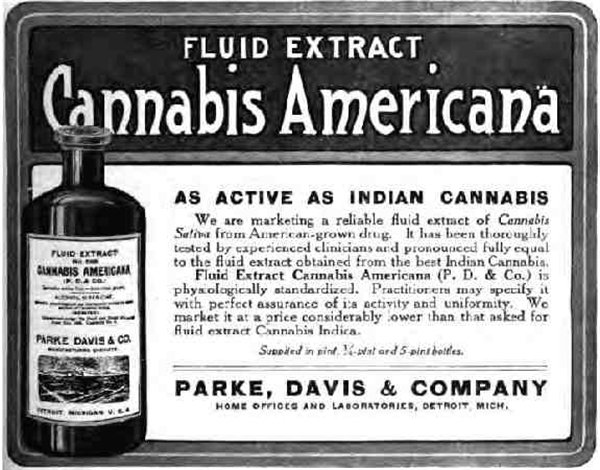
By 1940, the United States government had even incorporated THC acetate for its controversial interrogation program.
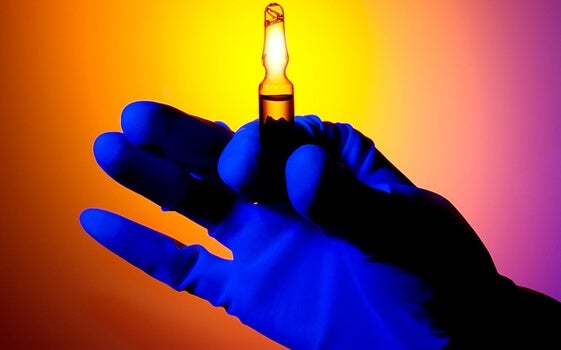
The ancestral techniques to produce dry hashish were replaced by modern systems of cultivation and separation of trichomes, although always following the principles of the traditional technique (mechanical separation of trichomes according to size by gravity).
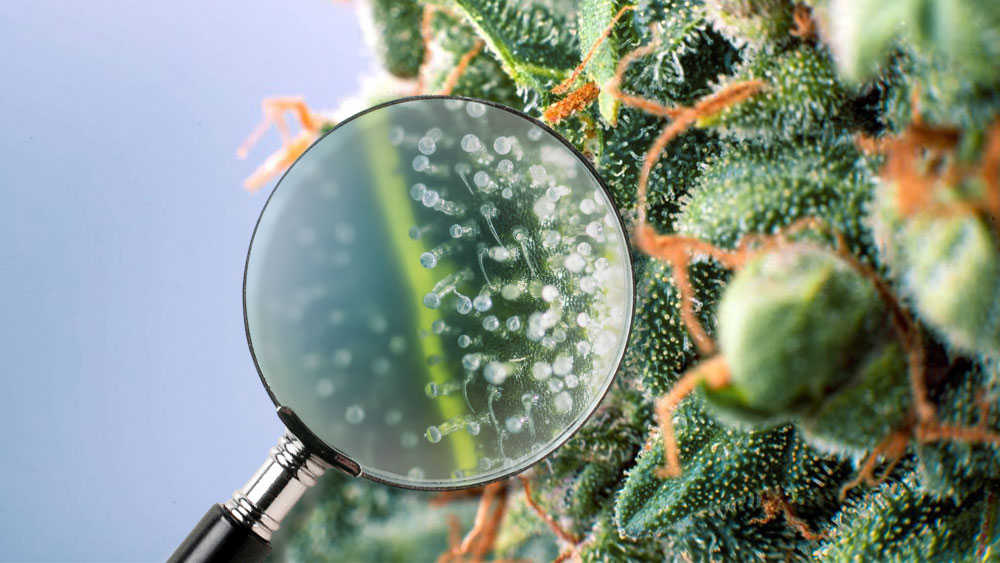
In the western United States, researchers and marijuana enthusiasts experimented with different alcohols & types of weed, as well as with pieces of hashish. Even some of them started to investigate the isomerization of CBD into THC, like the well-known author D. Gold.
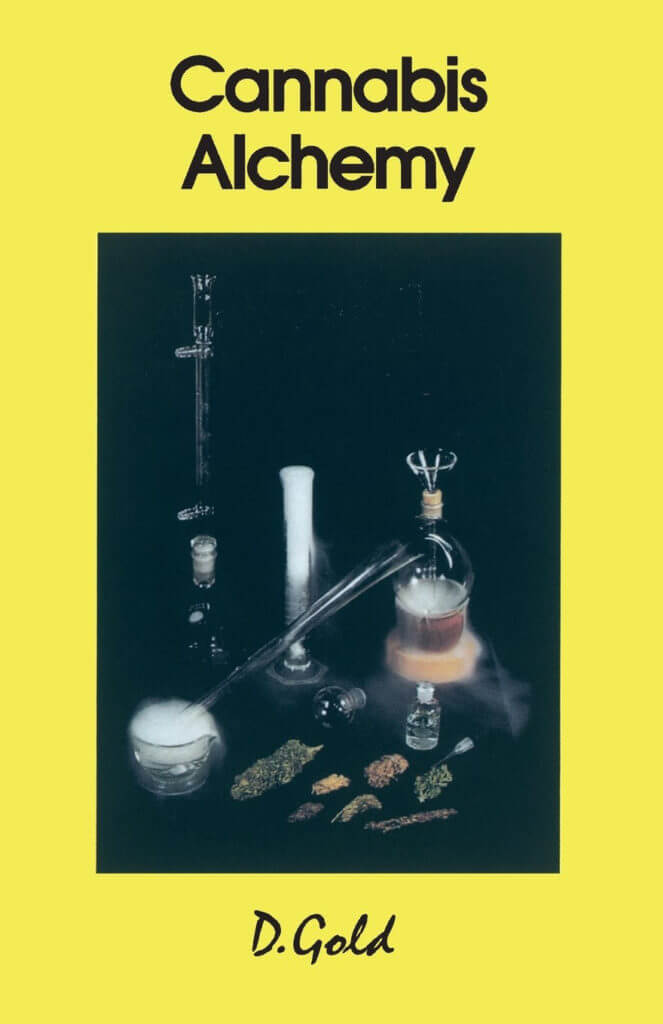
This led to obtaining the first marijuana oils, substances with a potency & effect far superior to the plant from which they came.
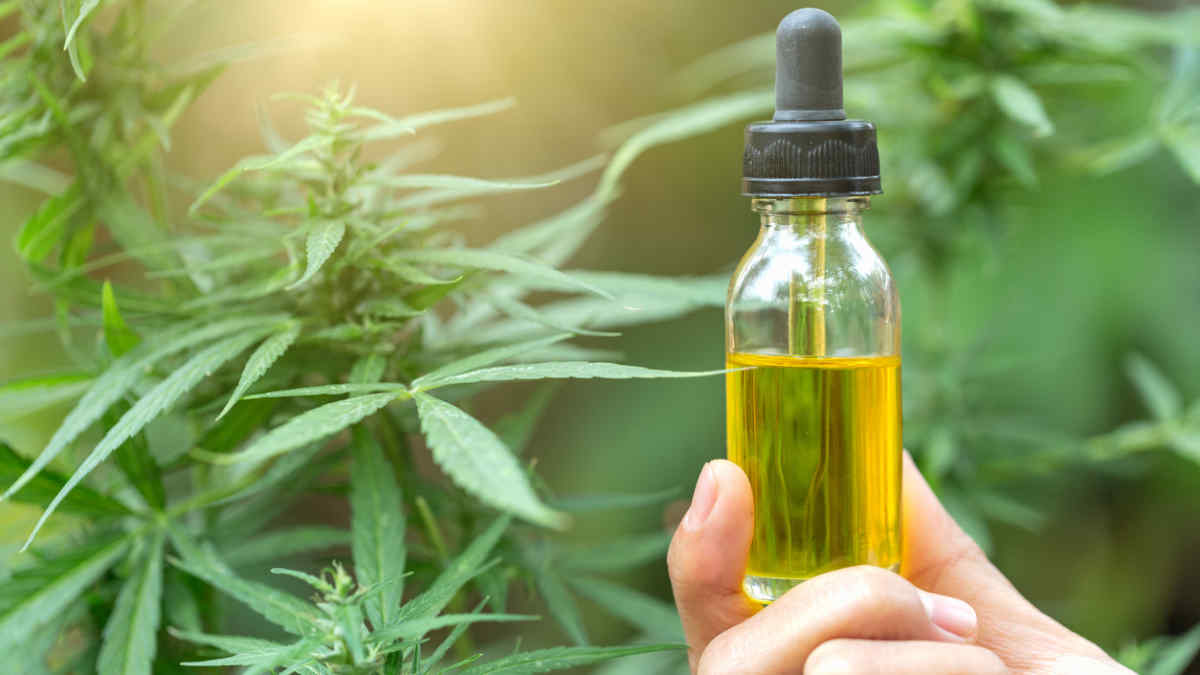
By the end of the 80’s, in the 20th century, the idea of extracting hashish with water or bubble hash began to spread among western growers.

In 1987, an advertisement in High Times magazine announced a new solvent-free extraction method based on the different density of trichomes and plant matter once immersed in water. This extraction was considered an exquisite delicacy, leaving behind the old sieving.
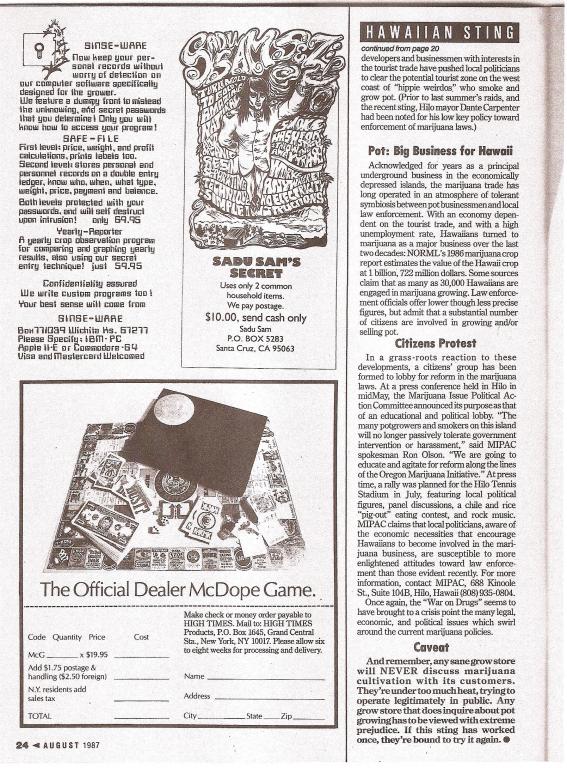
There is evidence that water hashish was already being made in Afghanistan, Nepal and India. However, the first official machine and patent was presented by Reinhar Delp, a German grower based in California, who introduced his extraction machine during the first Cannabis Cup in 1997.

In 1996, in California, USA, new legislation was introduced that would allow the cultivation of medical marijuana but with great restrictions. It is until 2009 when the legislation became more flexible and when the production increased, with it began to appear the first concentrates with solvents type ¨Dab¨.

In 1998, Mila Jansen marketed his first bags for making hashish with water and ice, called Ice-O-Lator.

In 1999, some instructions for making a new type of high-purity extraction using butane as a solvent appeared on the Internet. From this point on, the popularity of the so called BHO (Butane Honey Oil) grew exponentially despite the risks involved in its process, made manually and without closed circuits, with the technique called open blasting.
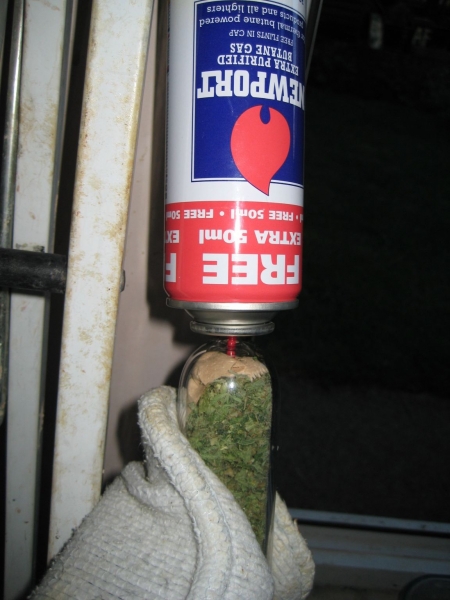
Afterwards, experts in extractions began to purify BHO with ethanol and to experiment with small variations during the extraction & purging process. This allowed different textures to be achieved from the same concentrate, obtaining what we now call shatter, budder, honeycomb, moonrock, etc.
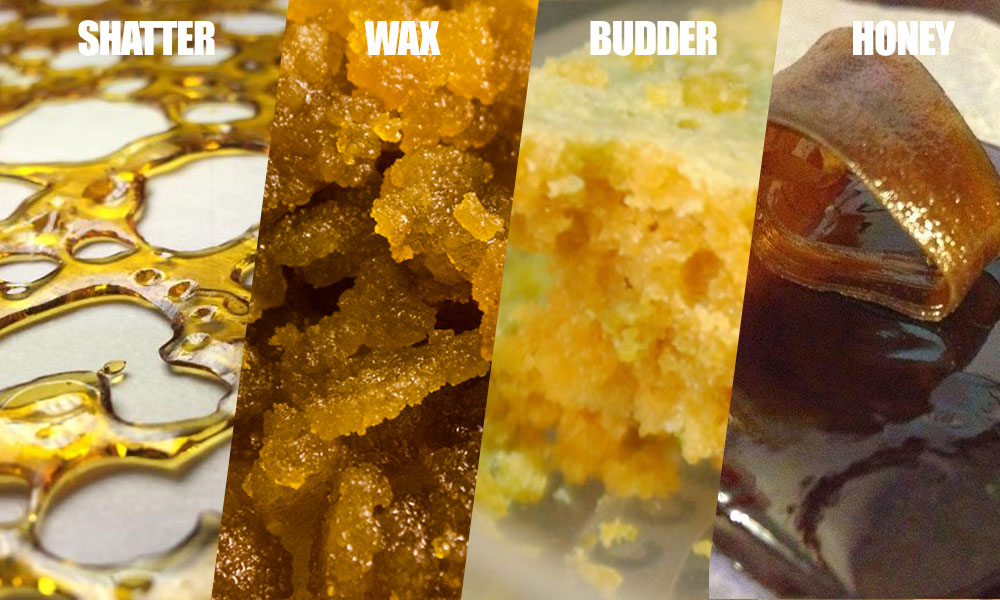
These days, supercritical CO2 extractions are beginning to gain popularity, especially in the United States, where thanks to legalization in many states, research and development on cannabis extractions is making huge breakthroughs.

Thanks to the introduction of new technologies, instability was reduced and the first closed-loop extraction devices began to appear, with which the gas is reused and more marijuana can be processed at a lower cost.


